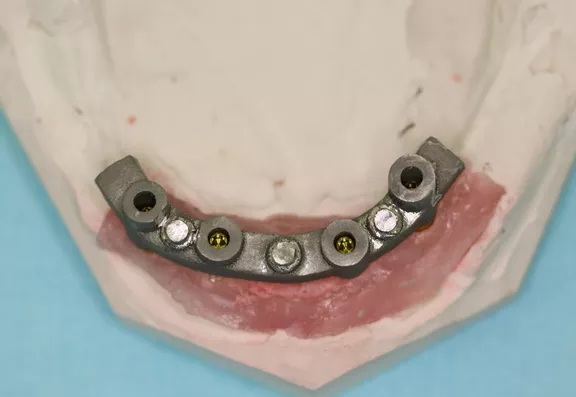Restorative Aesthetic Dentistry and Implantology
Although conventional implant protocols are taught the Diploma in the Specialist Practice of Restorative Aesthetic Dentistry and Implantology considers implantology from a restorative prospective. Emphasis is placed on restoring and devising restoratively driven treatment plans incorporating implants. Consideration will be given to immediate loading and placement protocols...
Although conventional implant protocols are taught the Diploma in the Specialist Practice of Restorative Aesthetic Dentistry and Implantology considers implantology from a restorative prospective. Emphasis is placed on restoring and devising restoratively driven treatment plans incorporating implants. Consideration will be given to immediate loading and placement protocols employing both screw and the cement retained prosthesis.
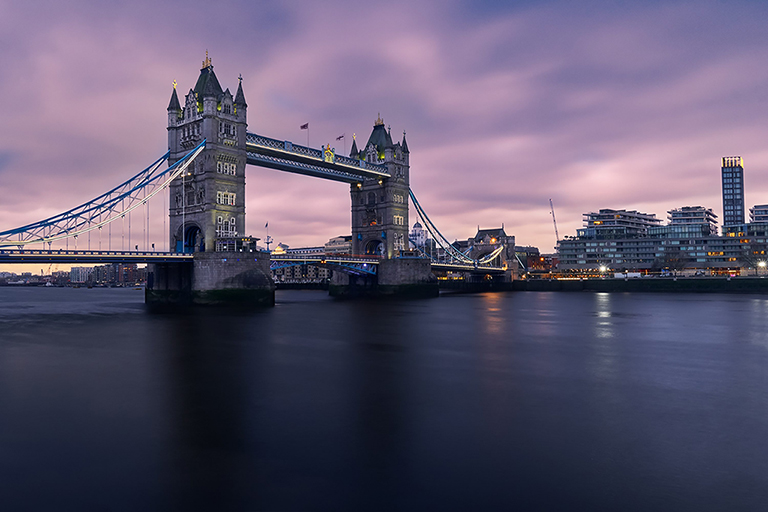
Course Outline
Course Structure Term 1
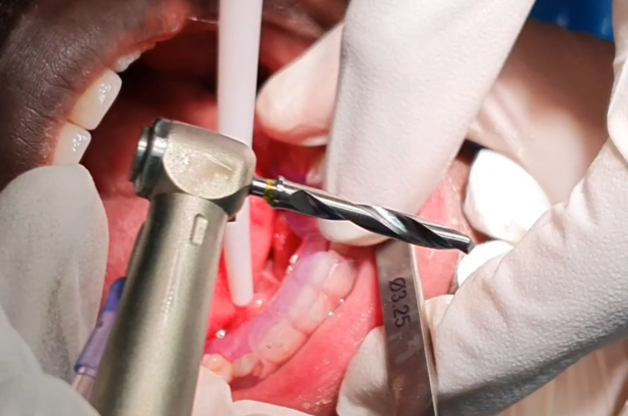 This module critically evaluates the latest computer assisted design and manufacturing technologies used in the practice of digital dentistry. It aims to give you experience in the use of commercial CADCAM systems and further develop your abilities in the production of implant guides and restorations. A familiarity with CAD software will be established. Dental computer packages will be used in order to develop a base level of competence and understanding. You will be encouraged to evaluate the significance and effectiveness of dental CADCAM systems.
This module critically evaluates the latest computer assisted design and manufacturing technologies used in the practice of digital dentistry. It aims to give you experience in the use of commercial CADCAM systems and further develop your abilities in the production of implant guides and restorations. A familiarity with CAD software will be established. Dental computer packages will be used in order to develop a base level of competence and understanding. You will be encouraged to evaluate the significance and effectiveness of dental CADCAM systems.
It will also introduce image capturing technologies, their indications and application to the digital work flow. The software commonly used in the treatment planning and design of restorative appliances and surgical guides will be covered in detail. You will have the opportunity to use CAD software in the treatment of actual cases and assess its functions and application for various treatment modalities. CAM processes will include various appliance fabrication hardware such as milling and printing machines.
Aim
To provide students with the advanced theoretical and clinical knowledge necessary to undertake the practical and clinical training offered in the later terms of the programme.
Course Structure Term 2
 This module provides an introduction to Cone Beam Computer Tomography (CBCT) through a series of practical training sessions on three-dimensional imaging systems and their underlying principles. It will develop the skills of navigation and interpretation of three-dimensional images.
This module provides an introduction to Cone Beam Computer Tomography (CBCT) through a series of practical training sessions on three-dimensional imaging systems and their underlying principles. It will develop the skills of navigation and interpretation of three-dimensional images.
Through this module you will learn the fundamental technology of CT scans, their advantages and limitations. You will learn the operating and legal requirements applicable to the safe and effective use of radiographic equipment, plus the health and safety issues related to ionising radiation.
Aim
Students will acquire the practical skills required and learn how to apply them to clinical cases of increasing complexity.
Course Structure Term 3
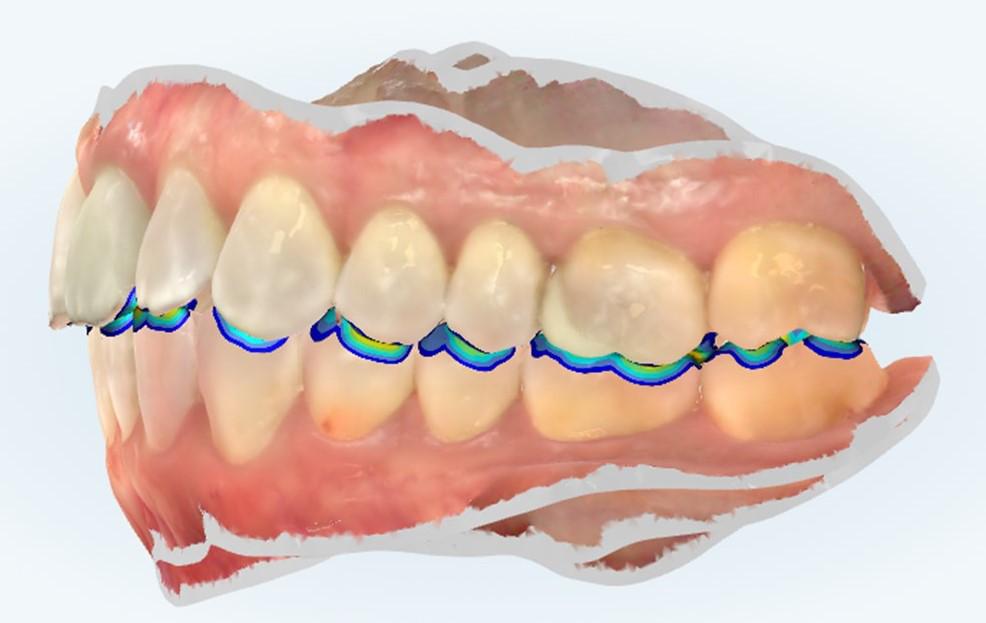 Patient aesthetic awareness coupled with the development of new orthodontic techniques, Implant and restorative rehabilitation have increased the number of adults seeking advanced dental treatment.
Patient aesthetic awareness coupled with the development of new orthodontic techniques, Implant and restorative rehabilitation have increased the number of adults seeking advanced dental treatment.
This has increased the likelihood of dentists having to diagnose and treat the occlusion as part of a larger treatment plan.
This multidisciplinary module considers the anatomy, aetiology and management of occlusion from an orthodontic and restorative perspective.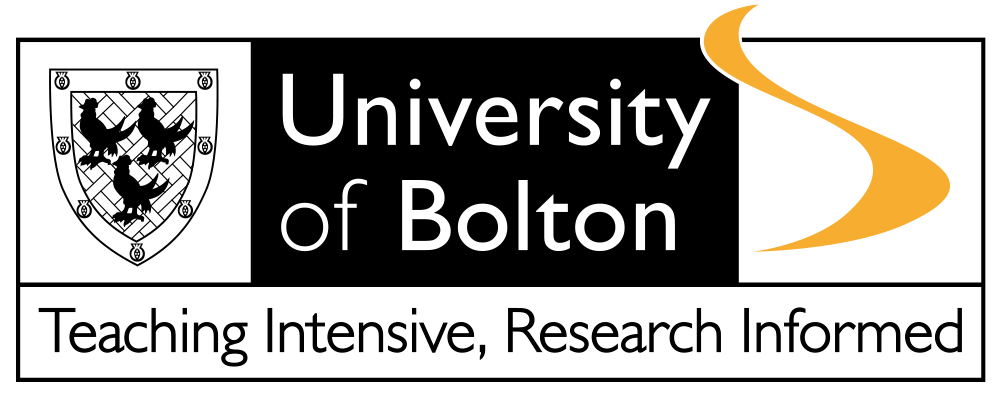 Aim
Aim
This course, when completed, is your initial step to a full Masters degree in the professional practice of Restorative Aesthetic Dentistry and Implantology validated by the University of Bolton
Course Leader
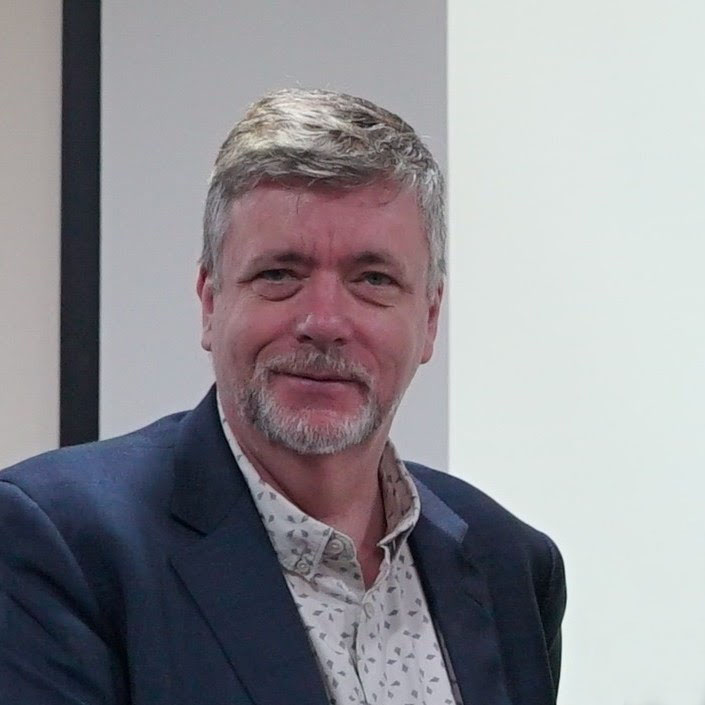 Professor Stewart Harding
Professor Stewart Harding
Actual implant placements on provided cases will be supervised by Professor Stewart Harding, the course leader and clinical director. He is the Dean of The City of London Dental School and has delivered implant training programmes internationally, helping many dentists to realise their ambition of becoming a skilled implant specialist dental surgeon.


